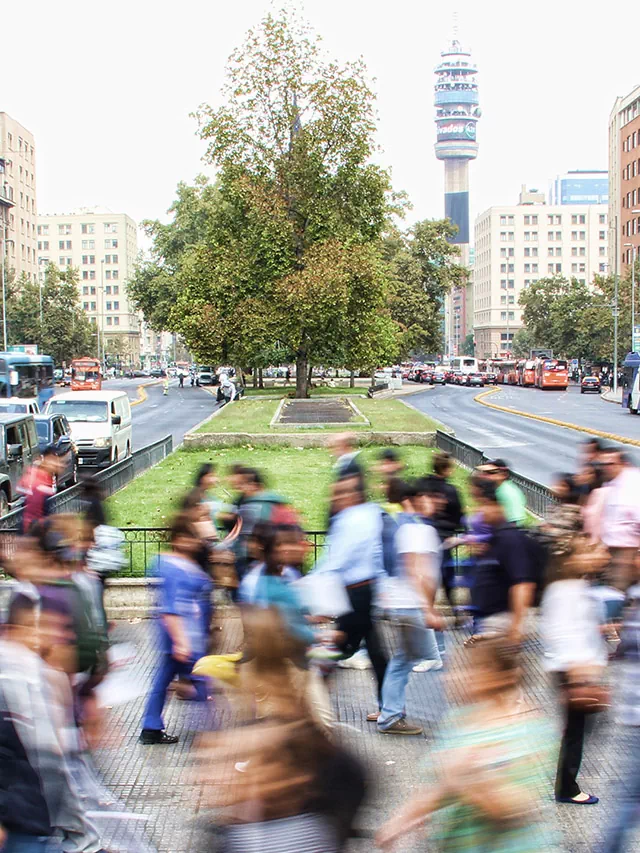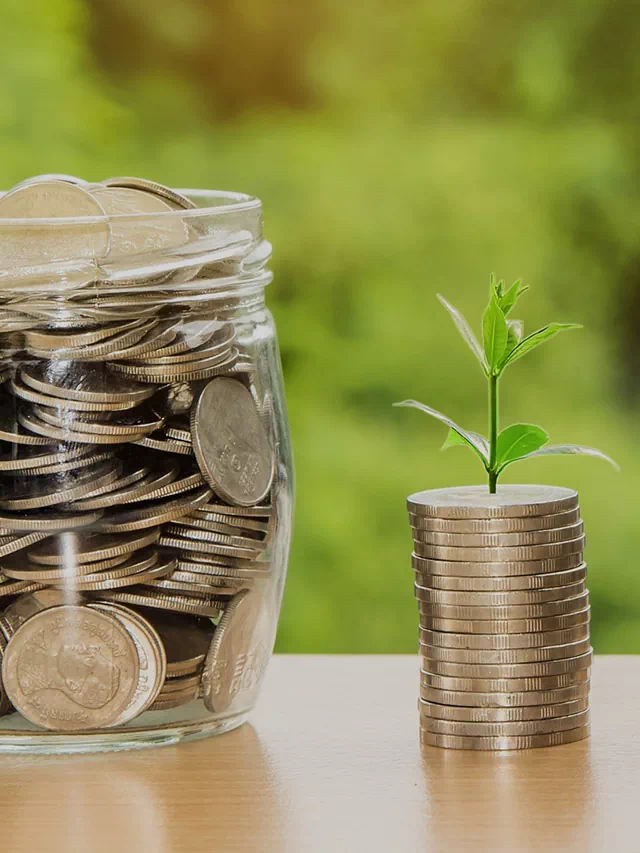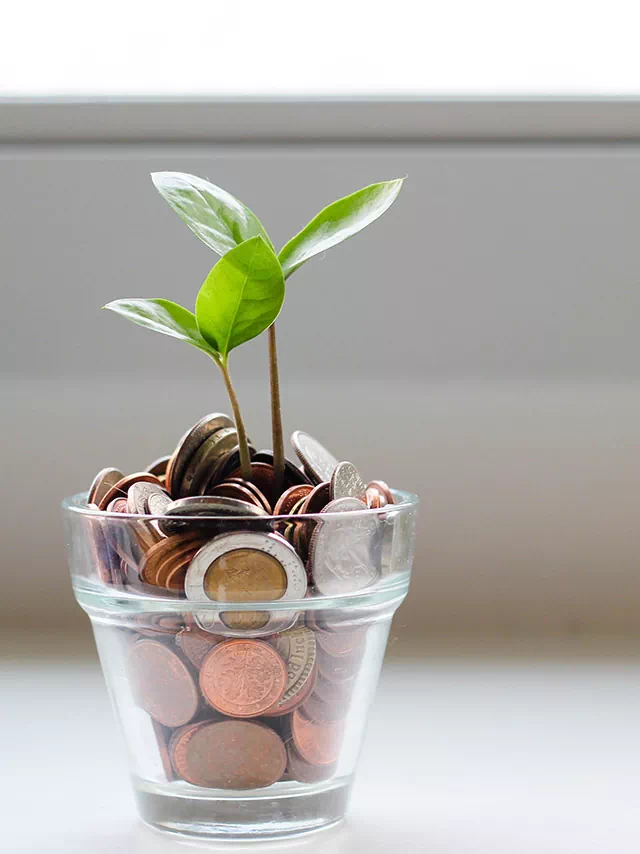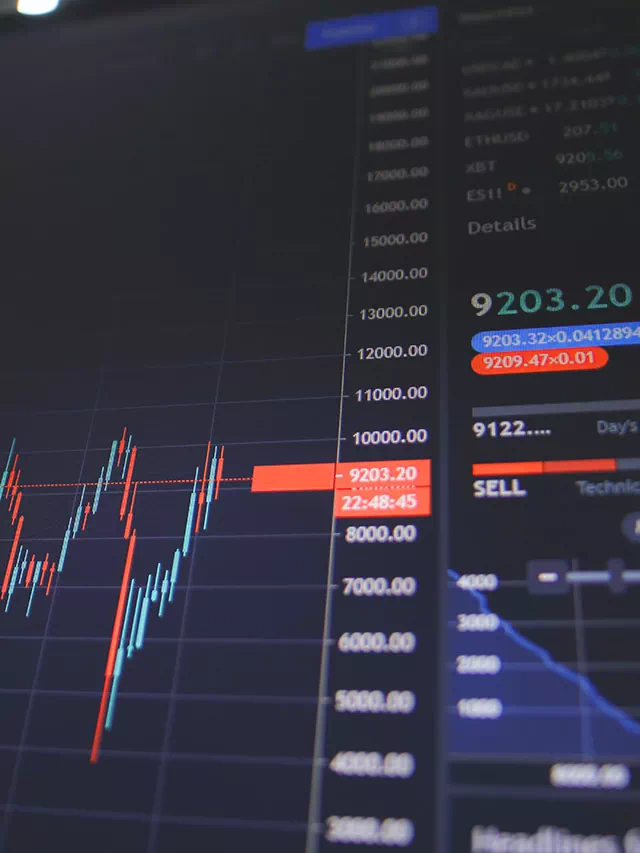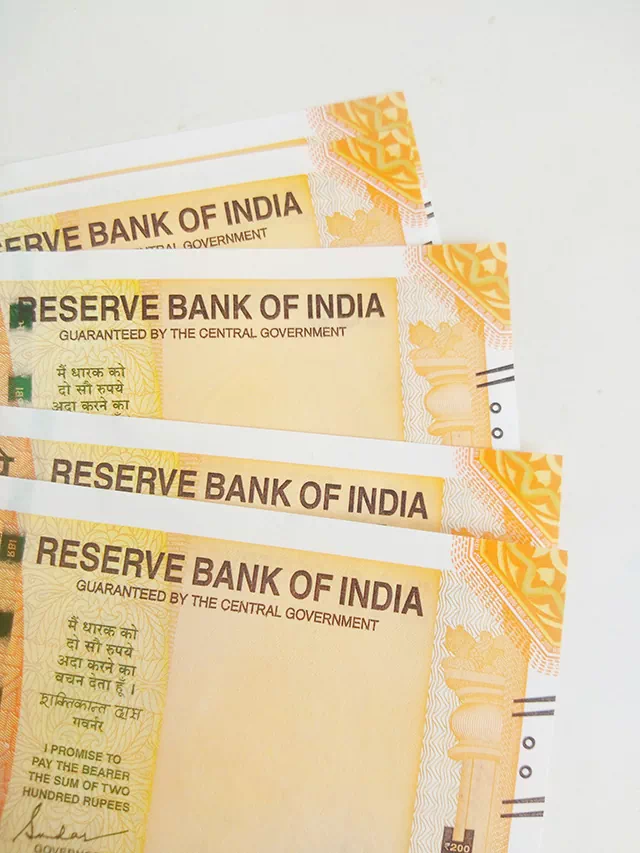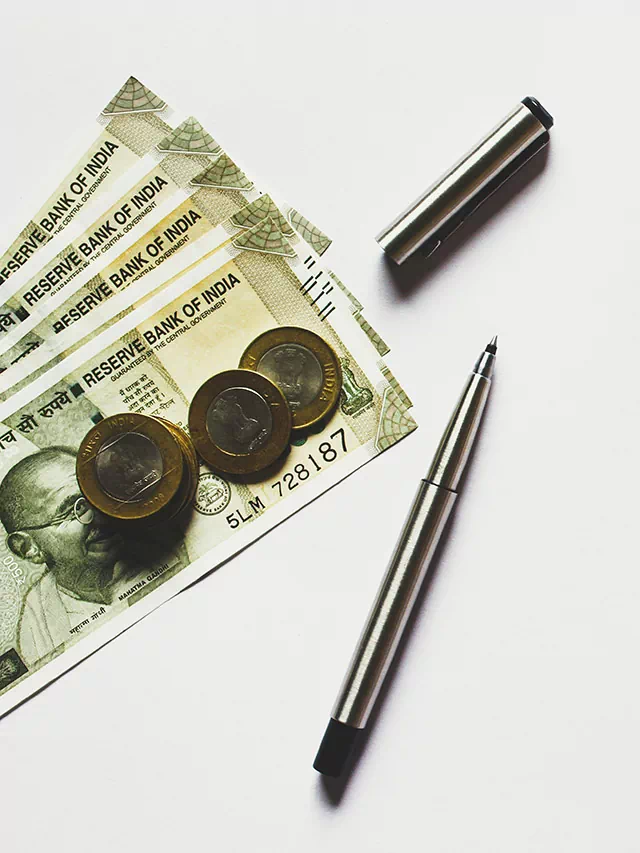Analysts believe that the Indian economy has strong potential for growth in the coming years due to factors such as a large and young population, a growing middle class, and an expanding technology sector. Additionally, the Indian government has implemented economic reforms and infrastructure projects aimed at boosting economic growth and attracting foreign investment. However, there are also challenges that need to be addressed, such as high levels of inequality, a large informal economy, and a need for further structural reform. Overall, the future of the Indian economy is likely to be a complex and dynamic one, with both opportunities and challenges.
The government’s efforts to improve the ease of doing business, and to attract foreign investment, are also expected to contribute to the economic growth. The Indian Government has also been focusing on increasing agricultural productivity, improving rural infrastructure, and expanding access to credit, which are expected to provide a boost to the rural economy and reduce poverty.
However, there are also challenges that need to be addressed in order for the Indian economy to reach its full potential. One of the major challenges is the high levels of inequality and poverty, which need to be addressed through targeted policies and programs. Additionally, the country needs to improve its infrastructure, particularly in areas such as transportation, power, and telecommunications. India also needs to improve the education and skill levels of its workforce to increase productivity and attract foreign investment.
Overall, the future of the Indian economy is likely to be shaped by a combination of factors such as government policies, global economic conditions, and structural reforms. While there are challenges to be addressed, the country’s large and young population, growing middle class, and expanding technology sector provide strong potential for sustained economic growth in the coming years.
Another important consideration for the future of the Indian economy is the country’s demographic profile. India is one of the youngest countries in the world, with a median age of 27 years. This large and youthful population has the potential to drive economic growth through increased consumption and labor force participation. However, it also puts pressure on the country’s education and job training systems to ensure that this large and growing population has the skills and qualifications needed to participate in the modern economy.
Another critical area for the Indian economy is the agriculture sector. Agriculture is the main source of livelihood for around 58% of the country’s population, but it contributes to only around 15% of the GDP. The sector has been facing several challenges, such as low productivity, lack of access to technology, inadequate infrastructure, and climate change. The government has been trying to improve the sector by introducing various schemes and policies such as Pradhan Mantri Fasal Bima Yojana, Pradhan Mantri Kisan Samman Nidhi and Pradhan Mantri Kisan Maandhan Yojana, to increase the income and improve the livelihoods of the farmers.
In conclusion, while the Indian economy has strong potential for growth in the coming years, there are also several challenges that need to be addressed such as high levels of inequality, a large informal economy, need for further structural reform, large and young population, low productivity and income of farmers, and high inflation. The government’s policies and initiatives aimed at addressing these challenges will play a critical role in shaping the future of the Indian economy.
